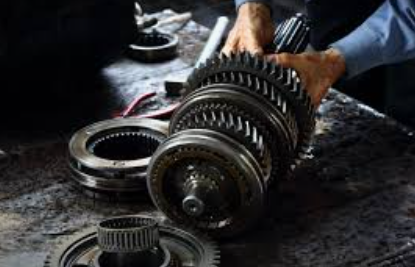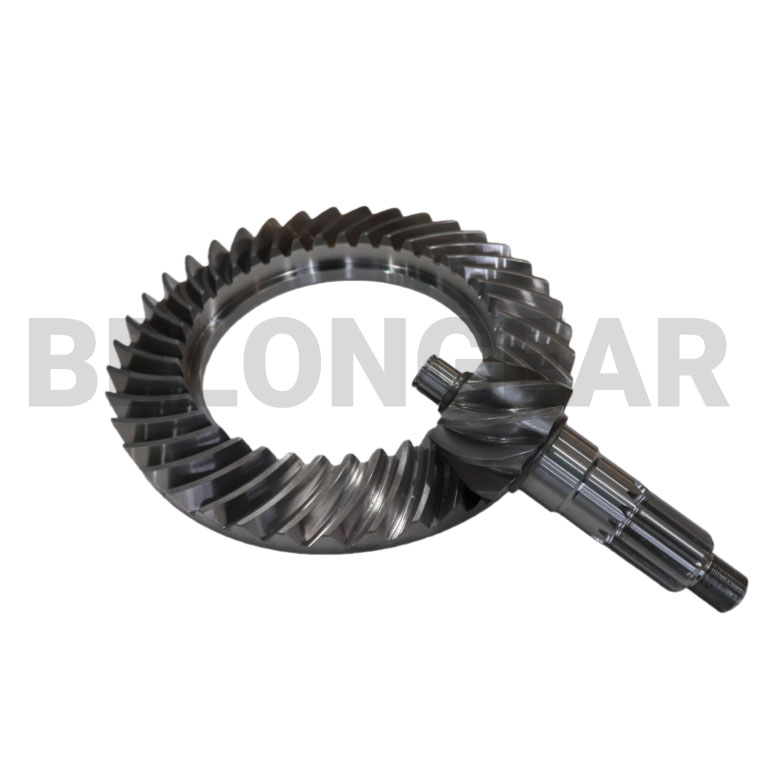In the world of machinery, from automotive transmissions to heavy industrial equipment, gears are the unsung heroes of motion and power transmission. Their seamless operation is often taken for granted until a failure occurs. Regular gear maintenance is not just a recommended practice; it is a fundamental pillar for ensuring operational safety, maximizing equipment lifespan, and protecting your financial investment.

Why Consistent Gear Maintenance is Non Negotiable
A proactive maintenance strategy offers a multitude of benefits that directly impact your bottom line and operational integrity.
1. Extended Equipment Lifespan: Gearboxes are among the most critical and costly components in any machine. Regular maintenance, including proper lubrication and wear inspection, prevents premature deterioration, significantly extending the service life of your assets and delaying major capital expenditures.
2. Enhanced Safety: Catastrophic gear system failure can pose severe safety risks. Routine inspections ensure that all safety mechanisms are functional and that critical systems, such as braking and steering, are in optimal condition, thereby protecting operators and personnel.
3. Cost Avoidance: Early detection of minor issues like bearing wear, low fluid levels, or minor leaks allows for simple, economical repairs. Neglecting these early warnings can lead to catastrophic failures, resulting in exorbitant repair bills and complete system replacements.
4. Optimized Performance and Efficiency: Well maintained gears operate smoothly with minimal friction. This translates to higher operational efficiency, improved performance, and better fuel or energy economy, reducing your ongoing operational costs.
5. Minimized Unplanned Downtime: Unexpected breakdowns halt production, leading to lost revenue and project delays. A scheduled preventive maintenance program identifies and resolves potential problems before they cause unscheduled downtime, ensuring continuous productivity.

Gear Teeth Types An Overview of Design Function and Applications
Implementing a consistent maintenance routine is straightforward and highly effective.
- Lubrication is Key: Use the manufacturer recommended lubricant and maintain correct oil levels. Regularly check for leaks, which are early indicators of seal wear.
- Monitor for Wear: Be alert to abnormal noises like grinding or clicking, or excessive vibration, which can signal gear or bearing issues. Conduct visual inspections for signs of pitting, cracks, or other damage.
- Follow Manufacturer Guidelines: Always adhere to the service intervals and procedures outlined in your equipment’s manual.
- Keep it Clean: Dirt and debris contaminate lubricants and accelerate wear. Regular cleaning, especially around moving parts, is essential.
- Maintain Detailed Records: Keep comprehensive logs of all inspections and services. This provides valuable insight into the equipment’s health and helps identify long-term wear patterns. Belon gear manufacturers provide specific guidelines on everything from lubricant type to filter replacement.
- Keep equipment clean. Dirt and debris can contaminate lubricants and accelerate wear. Regularly cleaning equipment, especially around moving parts and cooling systems, prevents contaminants from causing problems.
Maintain detailed records. Keeping a log of all inspections and service appointments provides a comprehensive history of the equipment’s condition. These records help identify long term wear patterns and can serve as proof of compliance with safety standards.
At Belon Gear, we not only gear manufacture high precision gears but also emphasize the importance of proper care and maintenance to keep your power transmission systems running smoothly and efficiently.
Post time: Oct-27-2025




